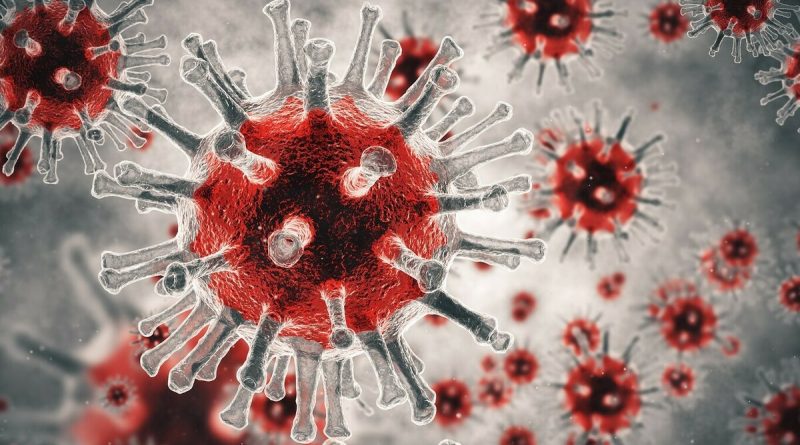Scientists Find That Omicron Causes Strange Symptoms
Scientists Find That Omicron Causes Strange Symptoms
Researchers from ZOE, the British company that created the ZOE COVID Study apps to track COVID-19, compared symptoms of thousands of people who were diagnosed with the coronavirus in October, when the delta variant dominated London, and in December, when the omicron strain supplanted it.
Preliminary analysis found no clear differences in the early manifestations of “delta” and “omicron.” In both cases, the “three classic symptoms” of COVID-19 – fever, cough, and loss of smell or taste – are noted by no more than half of those infected in the first days.
Researchers in the United Kingdom have identified five main symptoms reported by most people infected with the new strain: headache, runny nose, sneezing, sore throat and fatigue. Some people also reported coughing, loss of appetite and brain fog.
The headache comes first. It is described by researchers as “throbbing,” “pressing,” or “stabbing,” occurs on both sides of the head rather than in one area, can last more than three days, and is resistant to common painkillers.
Runny nose is the second most common sign after headaches, occurring in 60 percent of those ill. However, according to the authors, it can be conditionally attributed to the symptoms of coronavirus, as it is more typical of other seasonal winter diseases. The same applies to sneezing. Frequent sneezing is more a sign of a cold or allergy than the onset of COVID-19, the study authors wrote.
Sore throat is similar to that which usually occurs with a cold or laryngitis. This symptom is noted in their ZOE COVID Study app records by about half of those infected with the omicron strain. It is usually not very severe, lasts no more than five days, and is more common in adults aged 18 to 65 than in older people or those younger than 18.
The cough, if it occurs, is usually dry, in contrast to the sputum and mucus cough characteristic of bacterial infections. A persistent cough usually appears a few days after infection and lasts about four to five days.
“Omicron symptoms are most similar to the mild version of delta that we see in vaccinated people,” says ZOE COVID Study project leader Professor Tim Spector.
The scientist thinks it’s best to get tested at the slightest suspicion of coronavirus. Without it, even an experienced doctor cannot distinguish between the symptoms of “omicron” and a cold.
In a study conducted by the U.S. Centers for Disease Control and Prevention, the list of the main symptoms of Omicron is somewhat different: cough, fatigue, stuffy nose and runny nose.
Dr. Angelique Coetzee, chairwoman of the South African Medical Association, said the first patients with Omicron in South Africa had “extremely mild” symptoms, mostly limited to a scratchy throat. None of them suffered from coughing or loss of smell and taste.
In any case, similar manifestations are characteristic of the common cold, flu or rhinovirus infection – very common diseases during the winter season. However, scientists note, no one knows yet how serious the consequences of the omicron strain can be, so it should not be treated as a mild infection and it is important not to miss the onset of the disease.
Experts say the best way to protect yourself from Omicron is through frequent testing, social distance, wearing a mask and revaccination.
